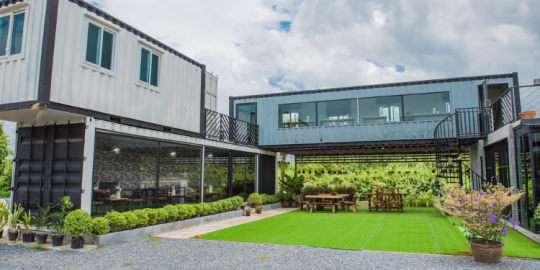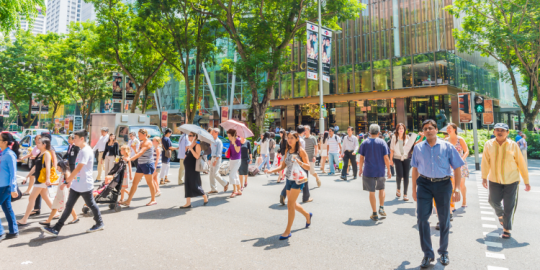Amsterdam

The Dutch capital city, Amsterdam is especially famous for its historical and cultural heritage as evidenced by its unique architecture. Did you know that Amsterdam is also the world's healthiest city? Amsterdam can boast about not only its clean environment but also its numerous cycle lanes. Moving to this city means enjoying its great natural diversity with parks and gardens as well as a good quality of water and air. Electric car owners will be delighted to know that they can access to charging spots throughout the city. As one of the Netherlands' major business hubs, with many multinational companies, Amsterdam provides an unparalleled work-life balance. Workers are entitled to an average of four weeks of annual paid leaves in addition to 7 public holidays including New Year, Easter, King's Day, Ascension Day, Pentecost, Christmas and Boxing Day. Some companies also close down on Good Friday and on Liberation Day (May 5). Thanks to its excellent healthcare system, Amsterdam has a life expectancy of 80.0 years for men and 83.2 years for women.
Oslo

Famous for its abundant green spaces, Oslo ranks 2nd. The Norwegian capital city has an impressive natural wealth with vast plains, meadows and natural parks, as well as popular cross-country ski trails that attract as many visitors as locals. Regarding health, Oslo has a life expectancy of 80.6 years for men and 82.5 years for women, thanks to which Norway ranks 10th worldwide. Even though Oslo is Norway's economic and administrative heart along with being a significant banking, trade and industrial hub, workers enjoy an outstanding work-life balance. Like in the rest of the country, family and children are of great significance. You can, therefore, enjoy the rest of the day with your family given that offices are likely to close around 4 pm. Sports and recreational activities are also very accessible in Oslo. Some companies provide health and fitness courses, gym registration and team building exercises for their employees.
Rotterdam

With its modern architecture, Rotterdam is the Netherlands' second largest city and industrial hub. However, it comes up as the world's 3rd healthiest city not only due to its pleasant climate and its natural diversity, with beautiful landscapes interspersed with forests, parks and gardens but also for its quality of water and air. You will perhaps recall that Rotterdam is also among the world's 20 greenest cities. In 2011, the Netherlands was named the world's 3rd best country for work-life balance, so you can rest assured that work schedules are well defined and respected. Today, workers also enjoy more flexible working hours, regardless of the sector of activity, which helps in making them more productive. We cannot possibly forget that Rotterdam is a culinary landmark with a wide selection of quality cafes, restaurants, publics amidst world famous fast food chains.
Munich

Formerly an industrial city with neo-Gothic architecture, Munich is today one of the world's greenest cities and healthiest cities thanks to its abundant green spaces with rivers, lakes, as well as gardens and parks where you can not only relax but also enjoy a range of outdoor activities. The air and water enjoyed by its inhabitants are of very good quality. Moreover, Munich's lakes and ponds' water quality is controlled by municipal authorities, so you don't have to worry if you're tempted to go swimming there. The city also stands out for its culinary wealth, even though it's very often associated with beer and sausages. There's something for all ages and tastes in Munich, from world-famous fast food chains to fine cafes and restaurants, beer gardens and pubs which are above all a meeting place.
Berlin

With 40% of its surface area covered with green spaces, Berlin is one of Germany's and the world's greenest and healthiest cities. The German capital city is famous for its gardens and natural parks such as the Tiergarten, as well as its rivers, lakes and ponds where you can enjoy a range of water activities. Besides being a historical, cultural and artistic city, Berlin is also the country's economic and business hub. Needless to say that workers in Berlin enjoy a great work-life balance, mainly thanks to efforts made to increase female participation in the local labour market. Today, employees are entitled to 6 weeks of paid leaves excluding some 16 public holidays which, however, vary from one State to another. In general, a working week is limited to 48 hours. Work flexibility has also become an interesting option for companies in Berlin.
Sources :
















